In the past year or so, there has been a big shift towards cloud-managed networking. All of the options I have tried have been excellent, and I personally continue to use Zyxel Nebula, which I find to be superb.
However, there is an added cost to cloud-managed devices, and if you want something simple to power your POE CCTV cameras or office VOIP phones, an unmanaged solution will likely work perfectly well and save you some money.
Specification Overview
- 9x 10/100/1000Mbps RJ45 ports, 1 Gigabit SFP port
- With 8 PoE+ ports, transfers data and power on one single cable
- Working with IEEE 802.3af/at compliant PDs, expands home and office network
- 802.1p/DSCP QoS enable smooth latency-sensitive traffic
- High PoE power budget with up to 30W for each PoE port and 63W for all PoE ports
- Easy to use, with no configuration and installation needed
- Fanless
In Use
So, this is an unmanaged switch; there is no web interface and certainly no cloud control. The datasheet and installation guide are amazing short because you just plug stuff in and it works.
This is going to be appealing to small offices or home workings that just want to plug something in with no configuration to ever worry about, and it helps reduce the overall cost.
As long as your POE devices stay withing the overall 63W budget and 30W per port budget, you should experience no problems at all.
With the change of circumstances in recent weeks, this has been useful for my partner working at home, expanding our network connectivity in the room she works from and allows us to power her POE VOIP phone.
Prior that I also used it to power my three POE security cameras outdoors. The Hikvision Darkfighter cameras use 6.8W so the switch should easily power up to 8 cameras across its 8 POE ports giving you a total power draw of 54.4.
The inclusion of an SFP port feels a bit strange on an affordable unmanaged POE switch. I guess it could be useful in offices that may already have a larger none POE switch with a couple of SFP ports, allowing you to interlink them together with the benefits SFP provides.
Price and Competition
Scan have this for £74.48 and Amazon for £87.65. Amazon was selling this directly for as low as £76.44, but the listing is now a 3rd party. There is a lot of competition but no specifically any switches with 10 ports, 8 being POE and SFP.
If we look just for anything that is fanless with 8 POE ports around that power budget, the TP-Link does look like an appealing option based on price.
I have never heard of MokerLink, but they have an 8 port switch with 120W for £60 as does Yuanley which would indicate these are generic white label switches branded to these companies.
Netgear is always going to be the main competitor, the GS108LP has 8 ports with slightly less a 60W budget for £80.
The Netgear GS110TP is probably the best alternative, it costs a touch more, and only has 46W total POE, but it does include SFP, and it is smart-managed. That POE budget wouldn’t drive 8 of the Hikvision cameras though.
Zyxel GS1900-10HP is quite a bit more expensive but is a cloud-managed switch, and I would argue that it is a worthwhile investment for small businesses over unmanaged. This has 8 ports with a 77W budget and two SFP. I have this switch and the only negative I have about it, is that it is physically quite large for a fanless 8 port switch.
Then there is also the Ubiquiti UniFi US 8-60W for £125 and the Netgear GC110P with POE ports and 2 SFP for just £110, both are also cloud-managed.
Overall
While this may not be the most exciting or high tech of switches, it does what’s advertised with no set up apart from plugging stuff in.
What it lacks in features, it makes up for in price, being the most affordable fanless switch with 8 POE ports I can find on Amazon from a reputable company.

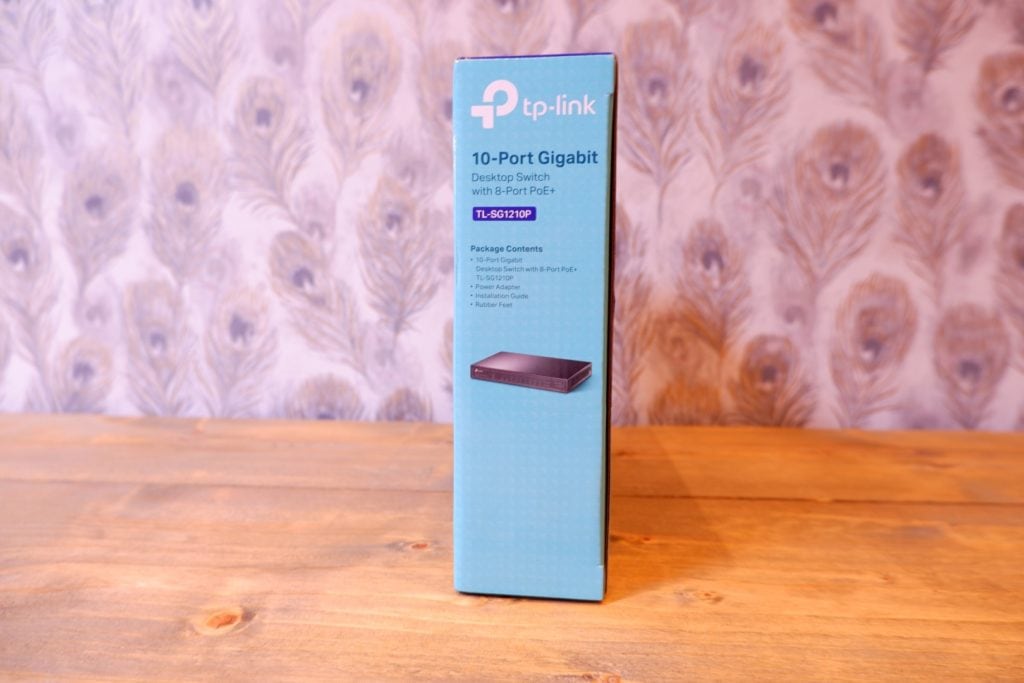
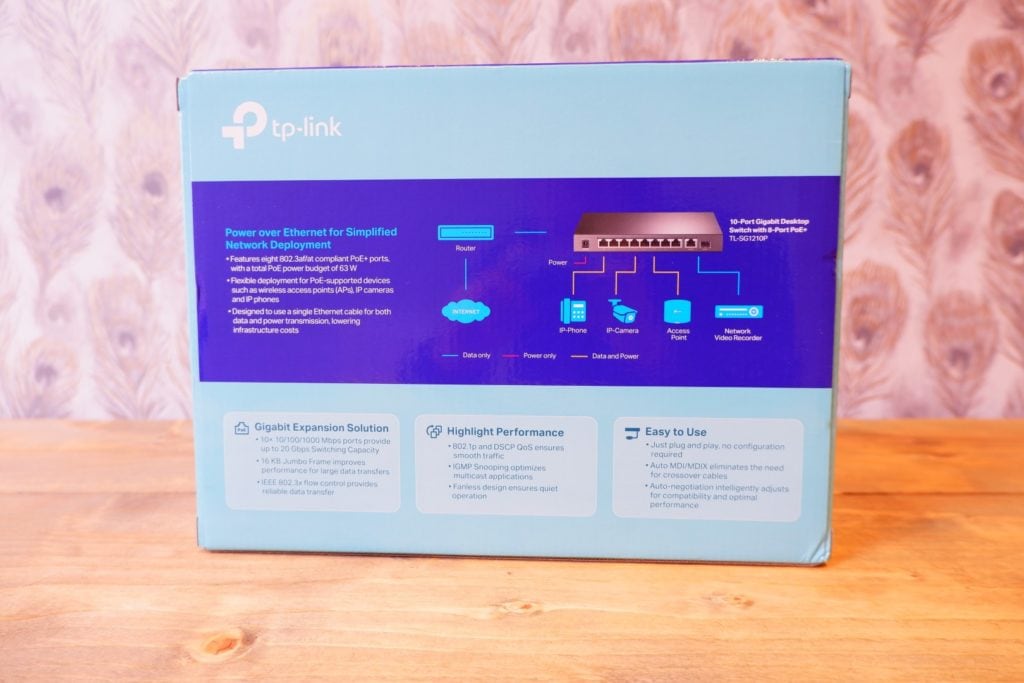
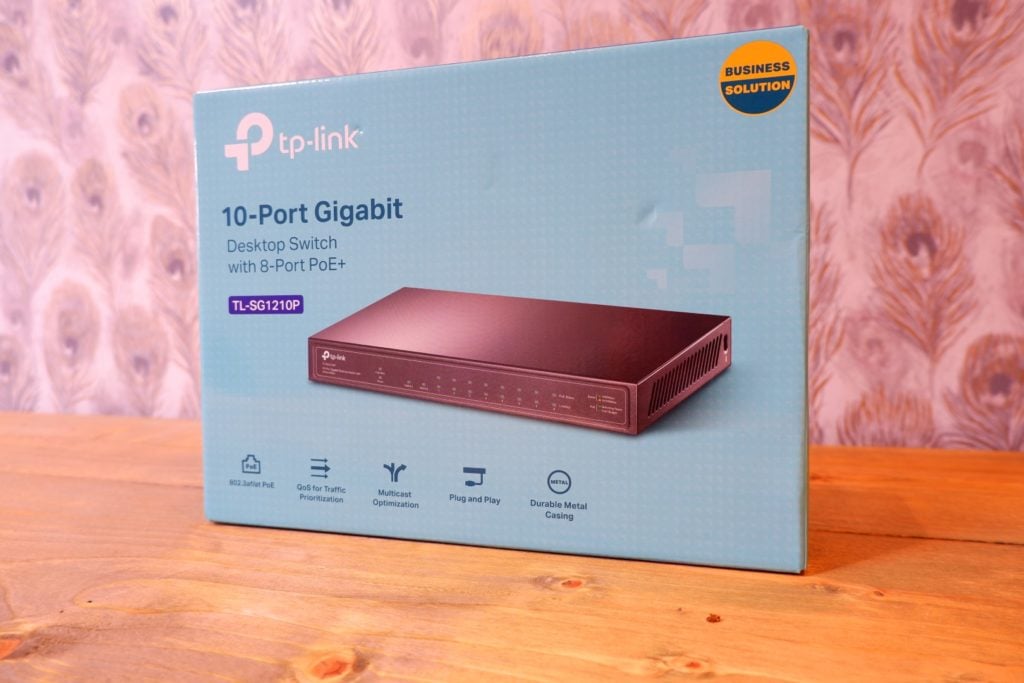

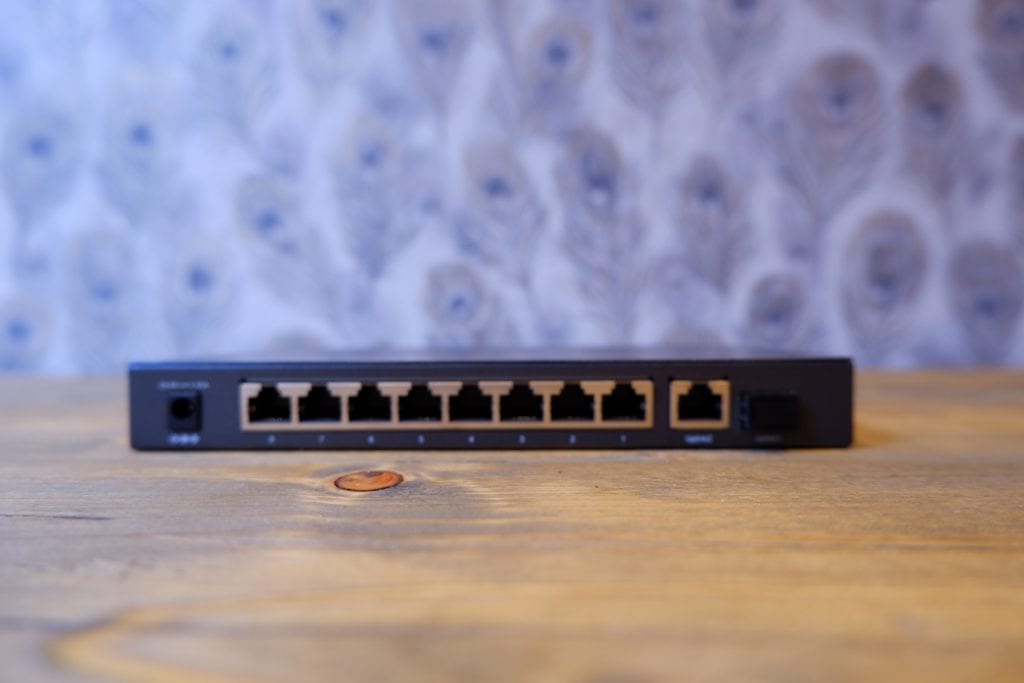
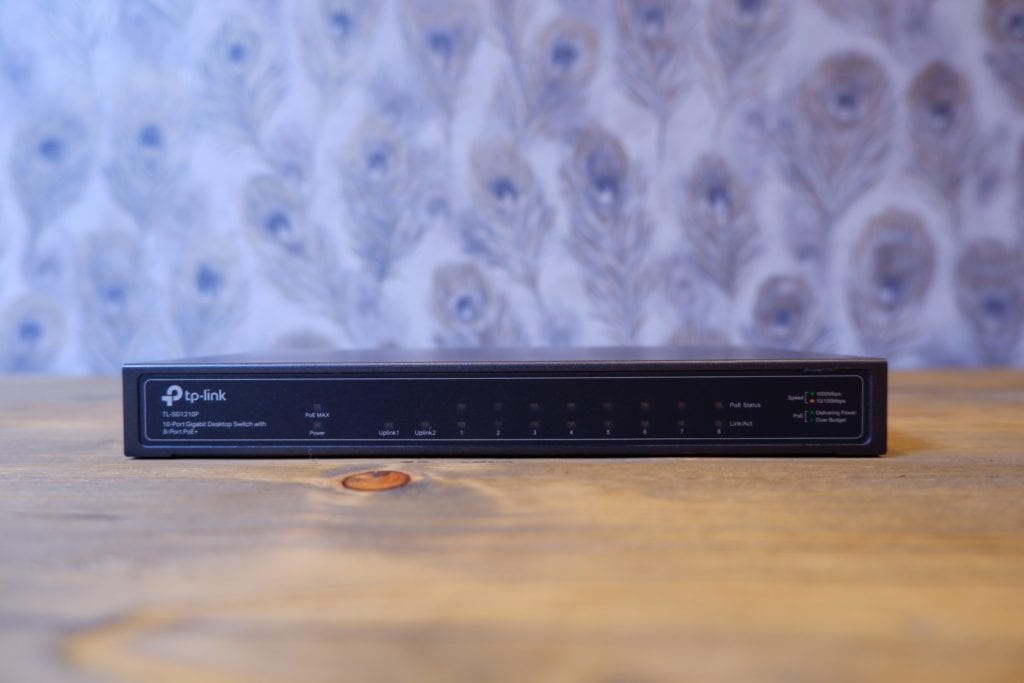



![Zyxel 8-Port Gigabit PoE Switch | Smart Managed | Desktop/Wallmount and Fanless | 8 PoE+ ports with 77 Watt Budget and 2 SFP Ports |VLAN, IGMP, QoS| Lifetime Warranty [GS1900-10HP]](https://m.media-amazon.com/images/I/41gVsJAcdZL._SL160_.jpg)
